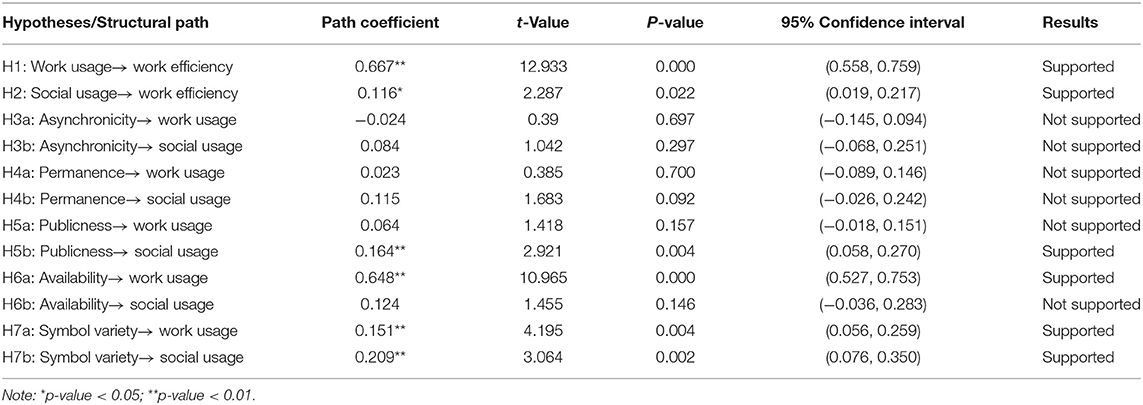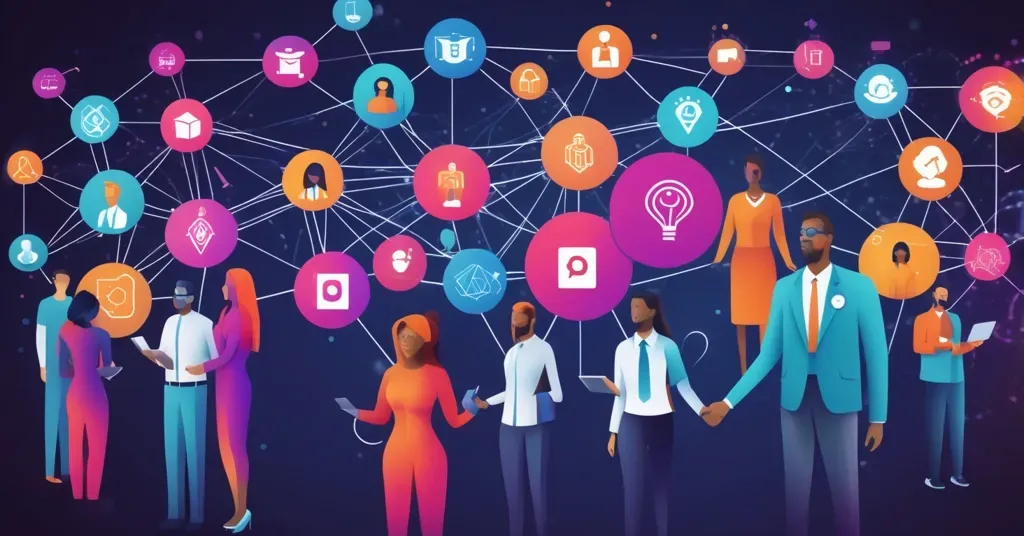
Manage Communication Through Innovation: The Use of Social Technologies
We are in a very complex ecosystem: there are no ways out of it, and terms like volatility, uncertainty, complexity, and ambiguity have become commonplace in management literature and everyday working life because managing this context is a matter of survival. And it takes collaboration.
Better communication in your company is one of the most important attributes for pursuing exponential growth. Elaborating, an internal communication strategy with the use of social technologies could be a solution to your success.
Ian McEwan said:
"People can't see what's going on in your brain; the best thing to do to get your point across is to tell them".
Business communication is a complex flow of information that engages an organization from within and ensures its functioning. Is it difficult? Sometimes. Impossible? It depends on the tool and strategy you use.
If you value the concept of innovation, it is important that it is applied to all business processes, for example, communication, and does not remain just an empty word to be included on your slogans or websites. It's a strategy that is planned daily. David Grossman, former director of communications at McDonald's, revealed a strong correlation between good internal communications and reduced errors at work. According to Grossman [1], the solution is utilizing proven communication strategies and real-time approaches by trying today's lessons and tools to help leaders: minimize the downsides of change in which business can be stopped, slowed, or interrupted; turn employee apathy, skepticism, and confusion into engagement; and maximize the upside of change to accelerate business results.
The most successful leaders know that communication is the competency most critical to moving a business forward, is the best defense in managing change and difficult situations, and is the driving force in engaging others. Whether you are running a thriving organization, trying to create growth in your company, or leading under pressure to do more with less, you are always communicating.
To understand internal communication, you first need to know what it is for. The main reasons why internal communication should be done within a company are:
- To inform people about the different company activities
- Giving a holistic view of the company
- Develop a common corporate culture
- Involve people in projects and activities
- Help to manage periods of crisis better
- Create a channel for feedback, debates, and discussions.
At Spotify, there is a strong need to keep all the company's business units aligned. This is because they often work in agile mode and are unaware of the activities of other teams: good internal communication also helps to break down these distances and improve each employee's knowledge of the others' work.
In 2012, the McKinsey Global Institute reported that communication and collaboration through social technologies could increase the productivity of interaction workers by 20 to 25 percent [2].
In all organizations, whether large or small, departments are closely linked to one another. For example, the marketing department needs data and information from the sales department. The administrative department lives in close relationship with the production department and so on, in a complex and rich exchange of relationships and information.
Now more than ever, in the era of online sharing, employees represent the company in the customers' eyes. Their experience in terms of motivation and involvement in carrying out their work and the sharing of these corporate values is transmitted to all of them. Contacts. How can these processes be improved so that all areas of the firm are aligned, coordinated, and able, therefore, to move towards achieving the same business objectives? Digital tools and social technological innovations can help us. All of this is accomplished by doing what these tools do best: enabling smooth, interactive communication. The results of a recent research study on Organizational Psychology [3] by Frontiers confirmed the hypothesis of previous studies that social media for work purposes has a significant impact on work efficiency. This finding, in turn, suggests that the use of social technologies can lead to smoother social interactions and increased awareness of social capital.

The table above shows the significance of the various hypotheses of the above study, conducted on a sample of 322 individuals. Those of interest to us, therefore H1 (Work-oriented usage of social media positively affects work efficiency) and H2 (Social-oriented usage of social media positively affects work efficiency) specifically, the impact of work-oriented usage (t = 12.933, p < 0.01) and social-oriented usage (t = 2.287, p < 0.05) on work efficiency were positively correlated and statistically significant.
Now let's see what these social technologies will be implemented in businesses.
- Yammer: owned by Microsoft, Yammer has the typical features of social networks: the user creates a personal profile, shares materials such as documents, and can learn about specific topics by participating in public or private groups. The ways of interacting with other contributors are diverse and range from messaging, and replying to posts to the classic 'like' of a post.
- Slack: is a Cloud-based proprietary instant messaging platform.
- Workplace from Facebook: Workplace is a Facebook-like experience, with interfaces that users are already used to from post creation to messaging. With Workplace, therefore, the Facebook experience is transferred into the work context, with immediate benefits in terms of learning for employees, who are already familiar with the 'consumer' social media.
- Teams: is a unified communication and collaboration platform that brings together chat, calling, sharing and storage, and other capabilities.
Each of the tools we’ve highlighted above has a baseline of common features, such as Direct messaging, Groups, Image, Link, File Sharing, Mobile App, Mentions, and Video Conferencing. For example, with tools like Slack or Microsoft Teams, you can create dedicated workgroups to make sure everyone involved in a project or team is well informed. This benefits the better circulation of information and the better involvement of stakeholders in key processes. With these tools, all team members can contribute to the discussion by proposing solutions, providing feedback, or answering questions, which positively affects people's engagement and productivity.
But none of these technologies are isolated. The real strategy lies in leveraging them together!
As Peter Diamandis says:
“To reach a future where we can uplift every man, woman, and child on Earth we’ll need both the convergence of exponential tech and continued improvement of our tools of cooperation”
The last two years we have lived have made us re-evaluate the importance of communication and correct information, which cannot be neglected. That's why it is necessary to adapt the way the organization communicates to support the activities of employees in the field in every part of the world. We are in a very complex ecosystem: there are no ways out of it, and terms like volatility, uncertainty, complexity, and ambiguity have become commonplace in management literature and everyday working life because managing this context is a matter of survival. And it takes collaboration. So technology, in addition to being a fundamental enabler, also becomes one of the driving factors that force us to change the traditional linear paradigm.
If we want proper collaboration in our company, internal communication must go beyond the usual corporate organizational chart. The ability of those who govern information must therefore be to constantly bring different groups into contact and make them interact in a common environment. In this case, innovation is our friend.
References:
[1] David Grossman, You Can't Not Communicate: Proven Solutions That Power the Fortune 100: Proven Communication Solutions That Power the Fortune 100, 2009 | https://www.amazon.it/You-Cant-Not-Communicate-Solutions/dp/1449040780
[2] The social economy: Unlocking value and productivity through social technologies. M. Chui, J. Manyika, J. Bughin, R. Dobbs, C. Roxburgh, H. Sarrazin, G. Sands, and M. Westergren, July 1, 2012. | https://www.mckinsey.com/industries/technology-media-and-telecommunications/our-insights/the-social-economy
[3] D. Jong, Shih-Chih Chen, A. Ruangkanjanases and Yun-Hsuan Chang, Front. Psychol., 28 July 2021| https://doi.org/10.3389/fpsyg.2021.693183
ExO Insight Newsletter
Join the newsletter to receive the latest updates in your inbox.









